Game Designers:
Caroline Gao, Michael Hayashi, Carina Ly
Final Printable Deliverable:
Linked here.
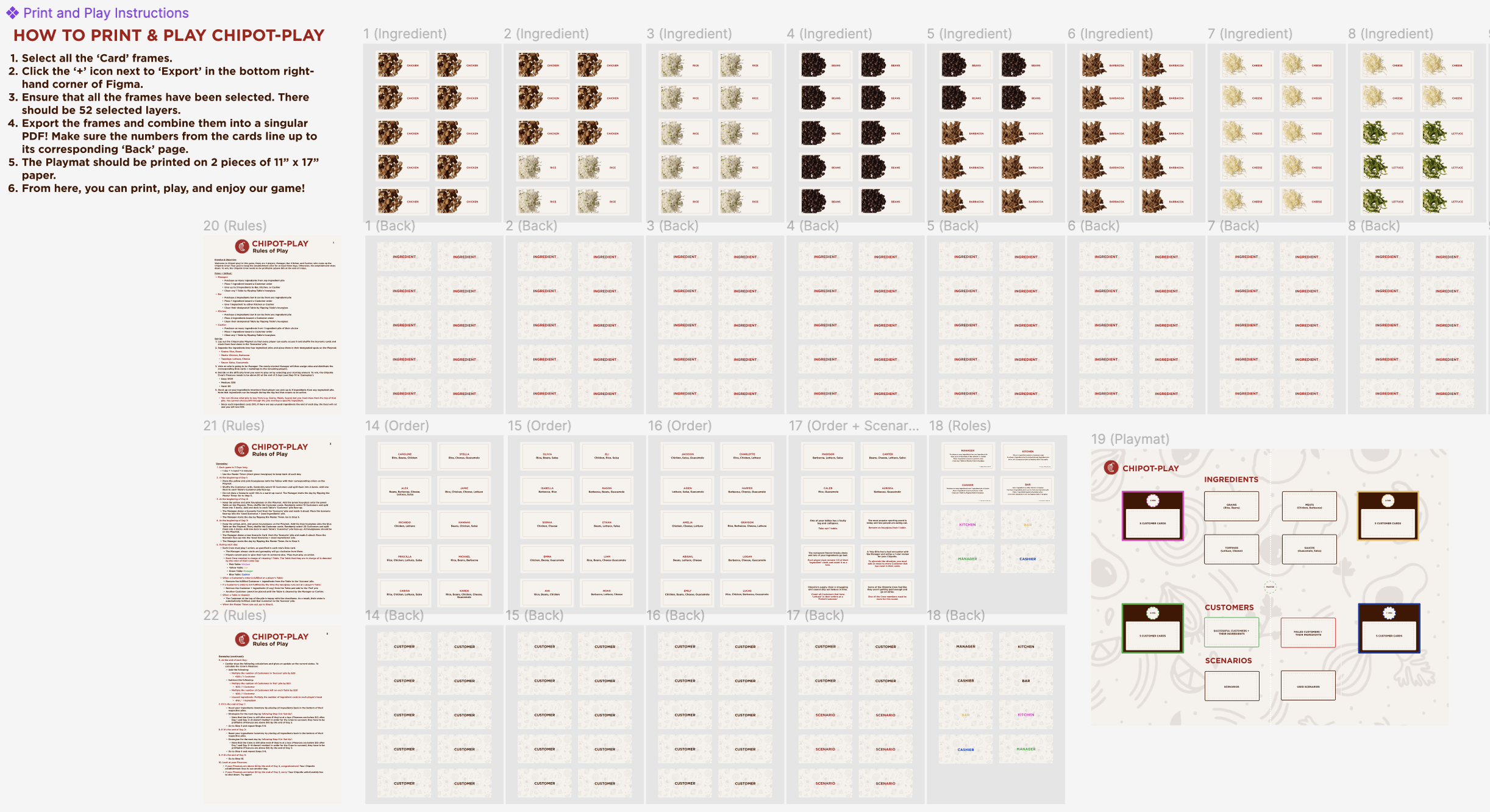
Final Box Art:
Linked here.
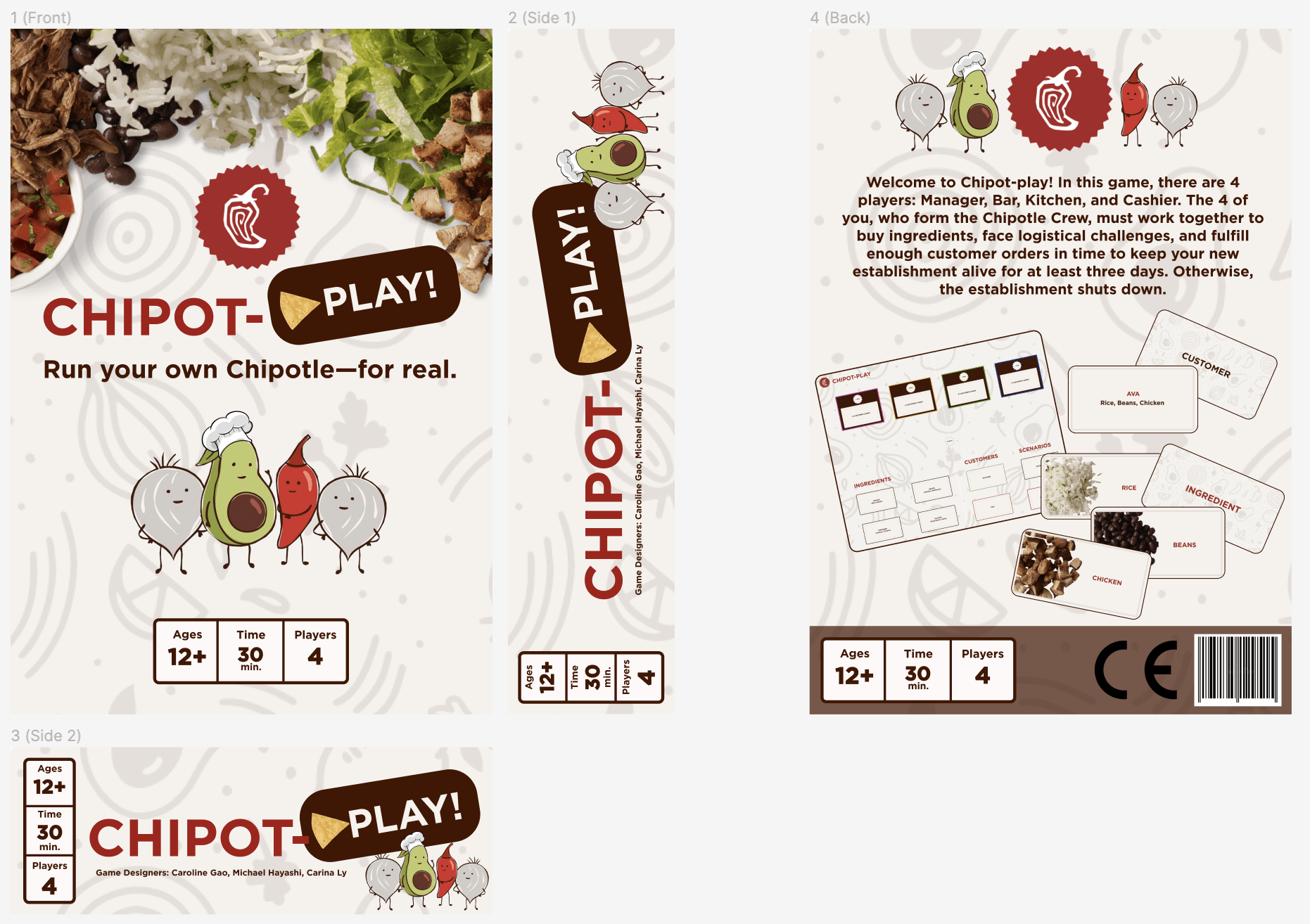
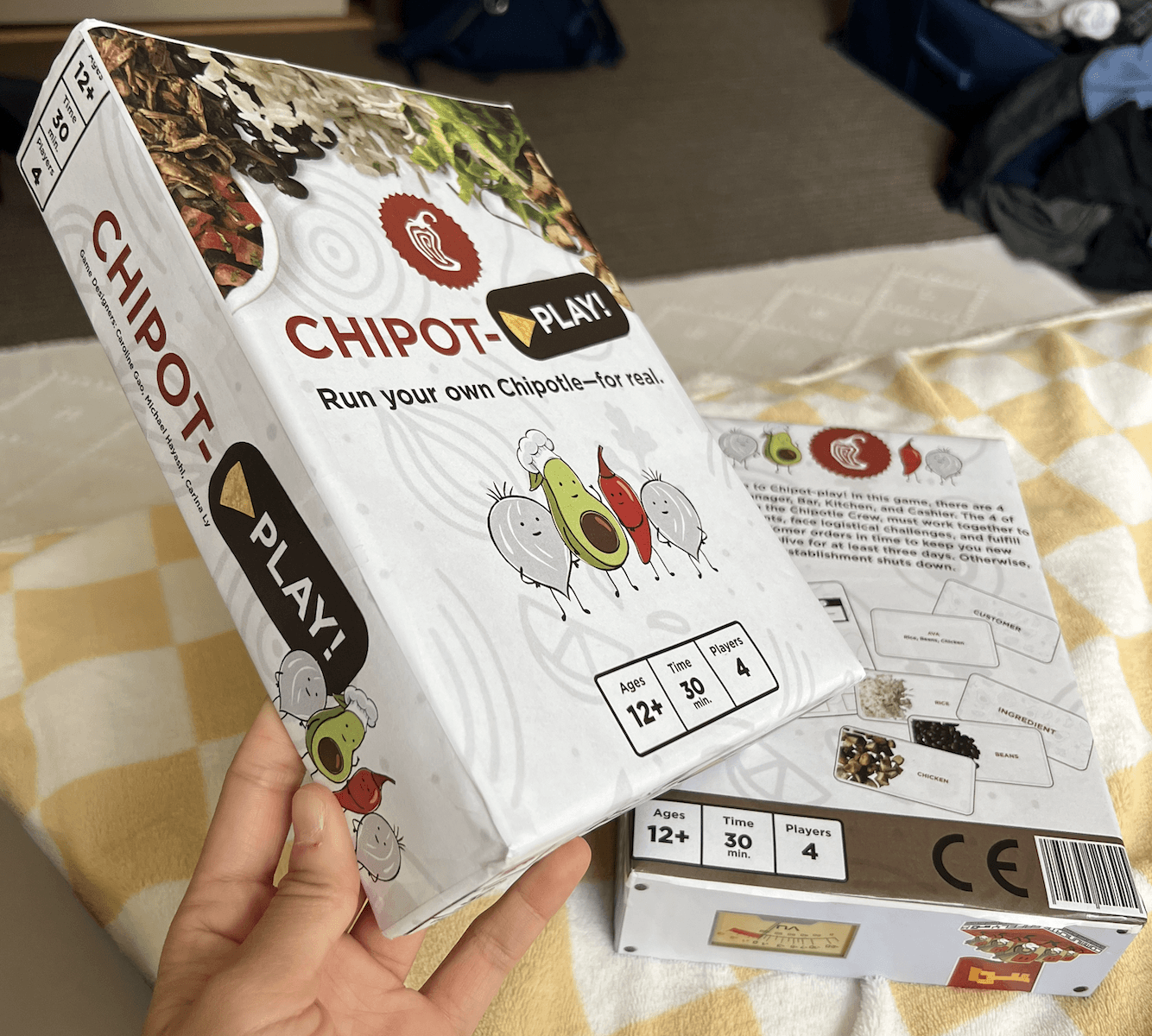
Artist’s Statement:
Customer abuse toward service workers has been on the rise, and the mistreatment of frontline service workers affects their health and productivity. Many customers have never worked in the service industry before, and thus have no real idea of how difficult it is to work behind the counter – there are endless factors, constraints, and priorities to keep track of. Our Chipotle-play ecosystem models a newly established Chipotle restaurant. There are four players: manager, kitchen, bar, and cashier, and everyone works together to try to keep the new establishment alive for at least three days; otherwise, the establishment shuts down.
We want players to walk away with greater empathy towards service workers and a better understanding of all possible components / moving parts, prioritizations, and decision-making behind running a seemingly “simple” restaurant (since as customers, we only see one (yummy) side of it).
We accomplish this by having players lean into their specific roles (for example, the Chipotle crew self-selects who the manager is, and the manager then assigns the remaining roles), and having players learn to cooperate and decide how to balance ingredients, money, and customer orders under certain time constraints. For example, crew members have to decide whether to purchase more ingredients in order to serve more customers, but then potentially risk losing money if they don’t use all ingredients by the end of the day. The time constraints and scenarios within our game mimic stressors that real service workers may feel, too.
System Decisions / Formal Elements:
Objects are the employees, ingredients, money, and customer orders. Employees must use the money to buy individual ingredients to satisfy enough individual customer orders in time.
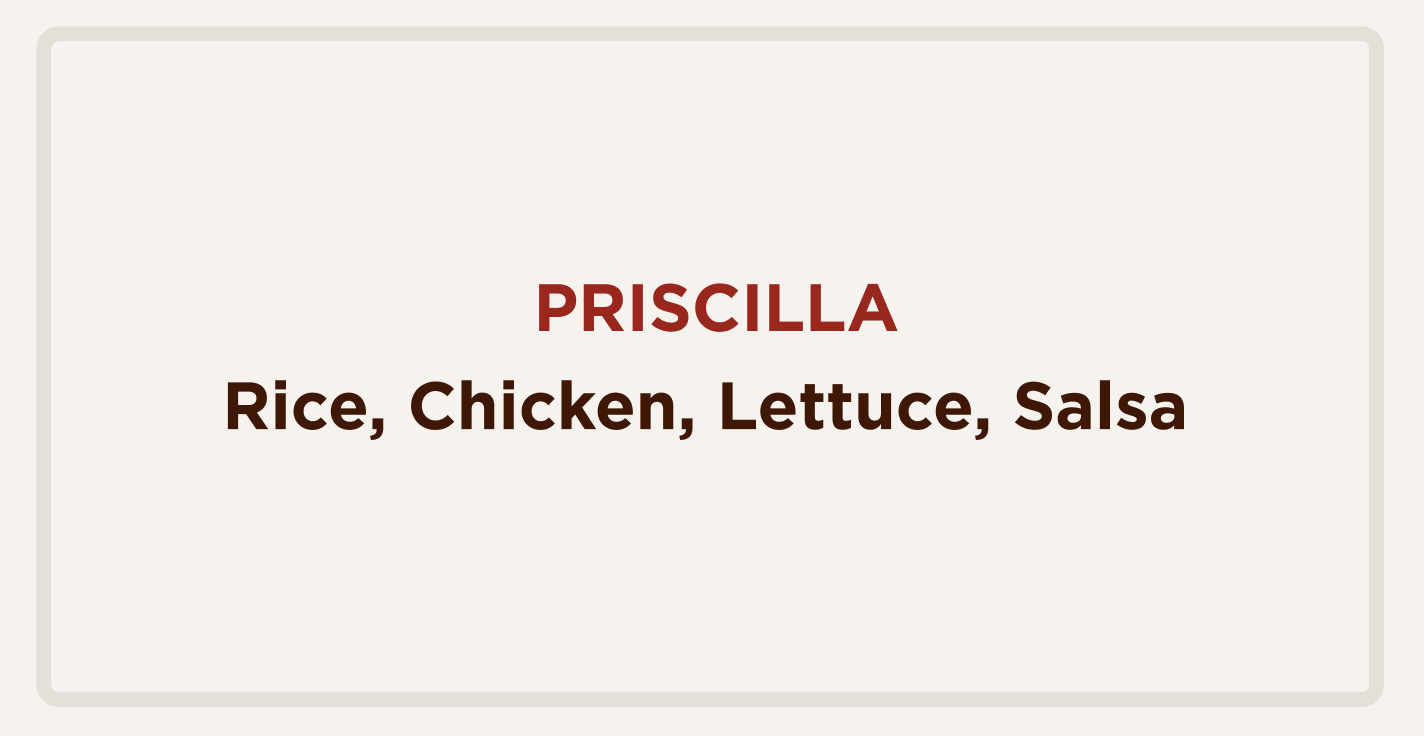
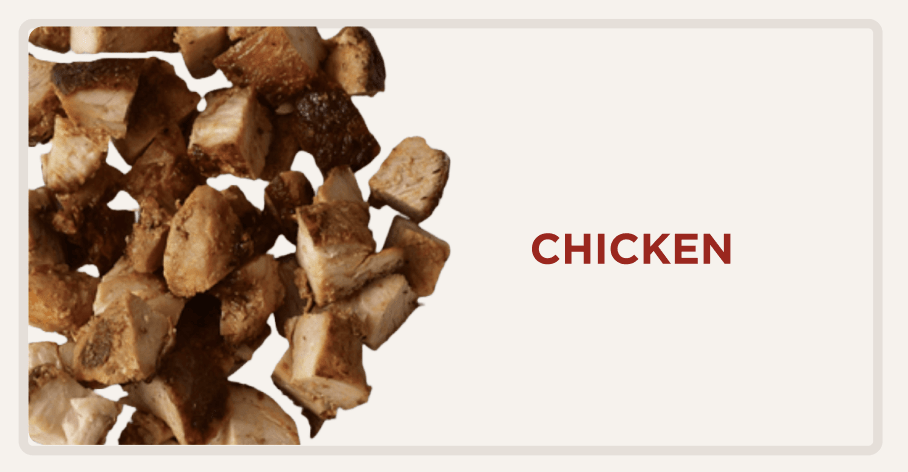
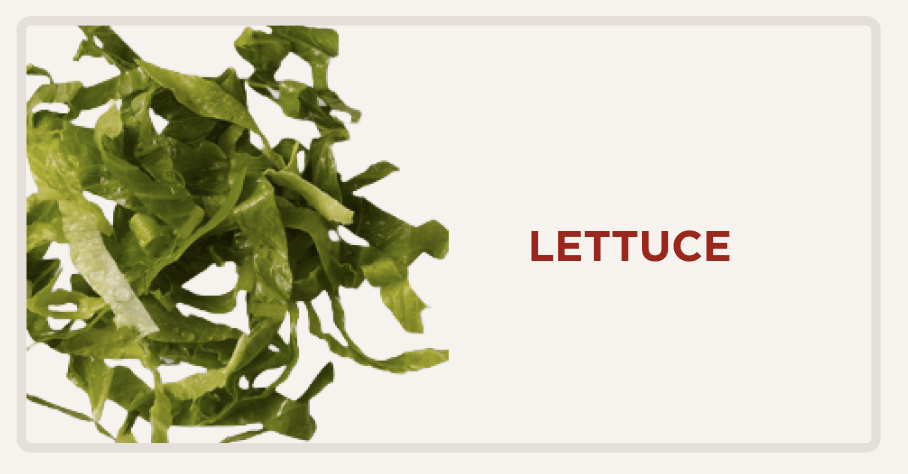
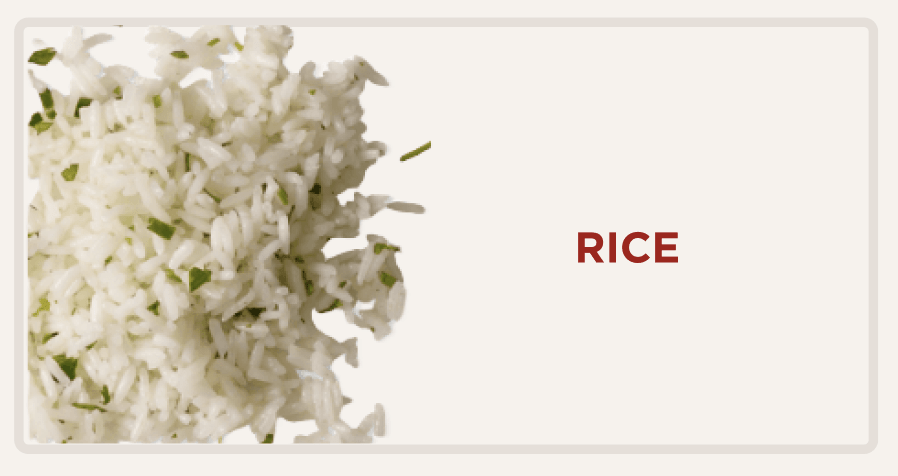
Employees either earn money by successfully serving a customer on time or lose money by failing to serve a customer within the time constraint. Our tap is buying more ingredients. Our converter is turning money into ingredients for different orders. Each player’s inventory is the ingredients they hold (different amounts depending on how the ingredients are bought and distributed).
One loop is when each Chipotle crew member uses an action (1 round). Depending on each player’s role, each player has specialty actions. For example, a manager can either purchase as many new ingredients as they wish or help fulfill a customer’s order, and a kitchen member can fulfill customer orders at a faster pace. Players see after they execute an action whether it was the right choice (fulfilling a customer action faster earned them more money vs prioritizing spending money on more ingredients led to fulfilling more customers in the future) and receive feedback. Over time, players learn how to maximize efficiency / make the most money in the shortest amount of time.
Our arc is 1 day (or a 5-minute time period). There are 3 arcs throughout the game (and the players have to stay alive and be above $0 by the end of the third day / arc). During each day, players attempt to satisfy as many customers as they can and are either rewarded or punished accordingly. The players start with a mental model, apply their specific actions (placing ingredients down for customers), and receive feedback (how many customers they were able to serve). Different unpredictable scenario cards are drawn before the start of the 2nd and 3rd days to determine a new setting (an example scenario is losing a table or access to certain ingredients for various reasons).
Final Testing Iterations:
In our P3 project, we ideated on core mechanics and thematics designs, leaving little time for fine tuning and perfect refinement. In P4, we had enough time to iterate on role abilities, hourglass timers, and the customer orders math. At the end, we were confident that our systems game offered a fun, fast-paced experience for players to run their own Chipotle establishment.
Playtest (1/3):
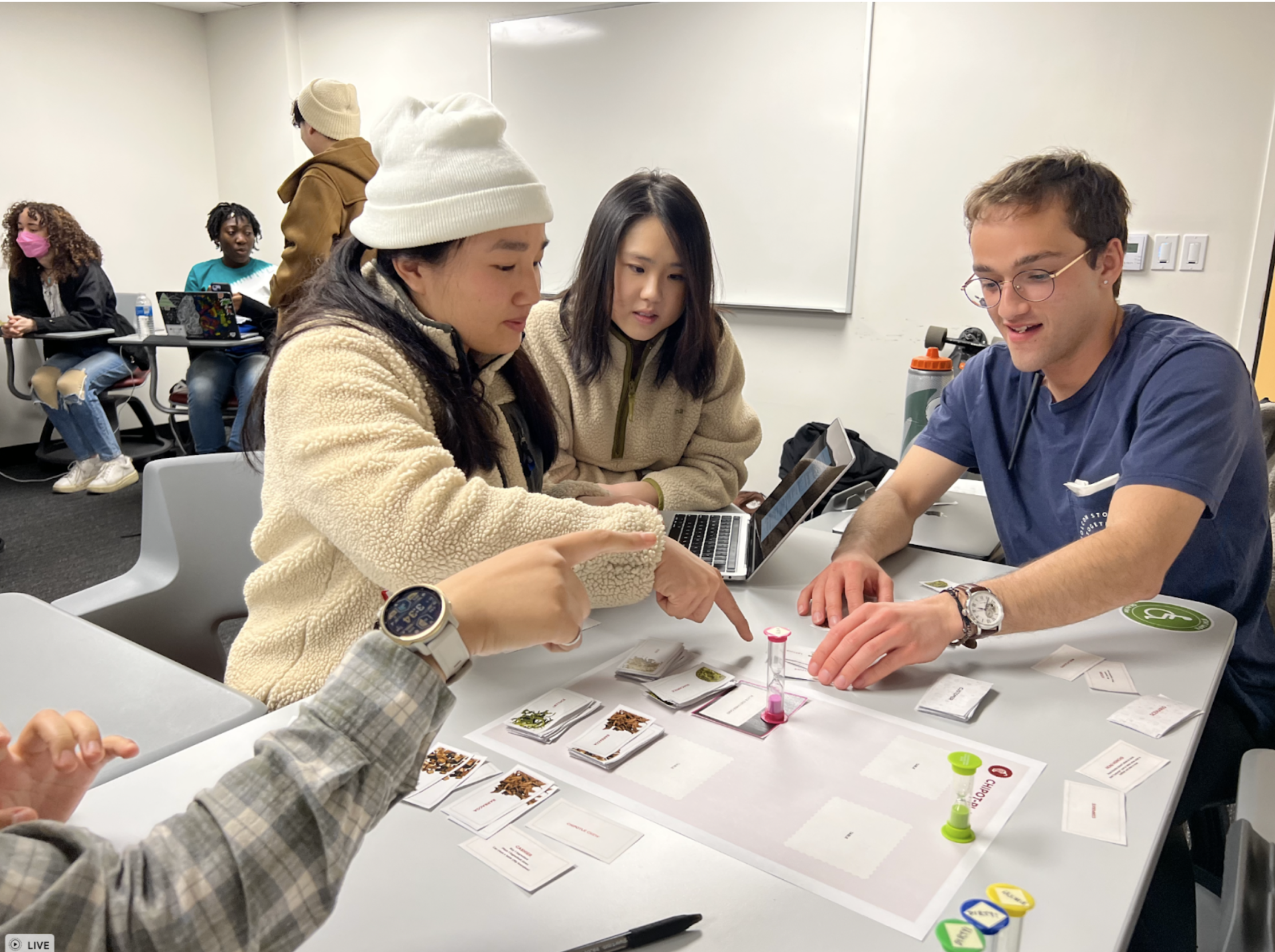
From the previous playtest, we struggled to enforce a mechanism where the players remembered to flip over new customers when they were supposed to. Because of the fast-paced nature of the game, they were forgetful to follow certain rules of the game. When we were theorizing on how the game would function, we postulated that players would adhere to this set of rules because that’s the laws of the game. However, from these playtests, we learned that players will not follow certain rules if they are distracted from completing their main goal which is mainly fulfilling customer orders. To address this, we added a new head honcho role.
In this playtest, we found that players didn’t enjoy playing as the head honcho. They were confused about why they weren’t allowed to perform certain actions and the effectiveness of this role. They reasoned that having this extra role to moderate the game’s flow wasn’t warranted, and this person should be a normal player.
Additionally, in previous playtests, people were playing the game more for the sake of testing out the mechanics and enjoyability. Unlike previous ones, this playtest had players who especially focused on winning the game. They were able to identify a dominant strategy and play with it. We didn’t foresee strategy in our ideating, but it raised a flaw in our game that we needed to address. They chose to have only one table and constrain the flow of customer orders to only one set. Although this is a reasonable strategy, it removed the pressure in the game to manage multiple tables simultaneously, reducing the overall fun and enjoyment of the game. We reasoned that the players shouldn’t be able to choose the number of tables they wanted because this time pressure mechanic accounts for a large part of the fun in the game. Instead, they start with two tables on the first day and add a new table for each one.
Our final issue is balancing the value of customers and ingredients. In previous iterations, we balanced the game as much as possible, but this group’s strategy revealed that our math is still off. One major revision is that they can’t buy ingredients at the beginning of the round because we count lost ingredients twice. Furthermore, we modified the value of customers served and missed to make the game more manageable. Finally, everyone starts with 5 ingredients at the beginning of the game to generate momentum at the beginning whilst adjusting the special actions of each role.
Playtest (2/3):
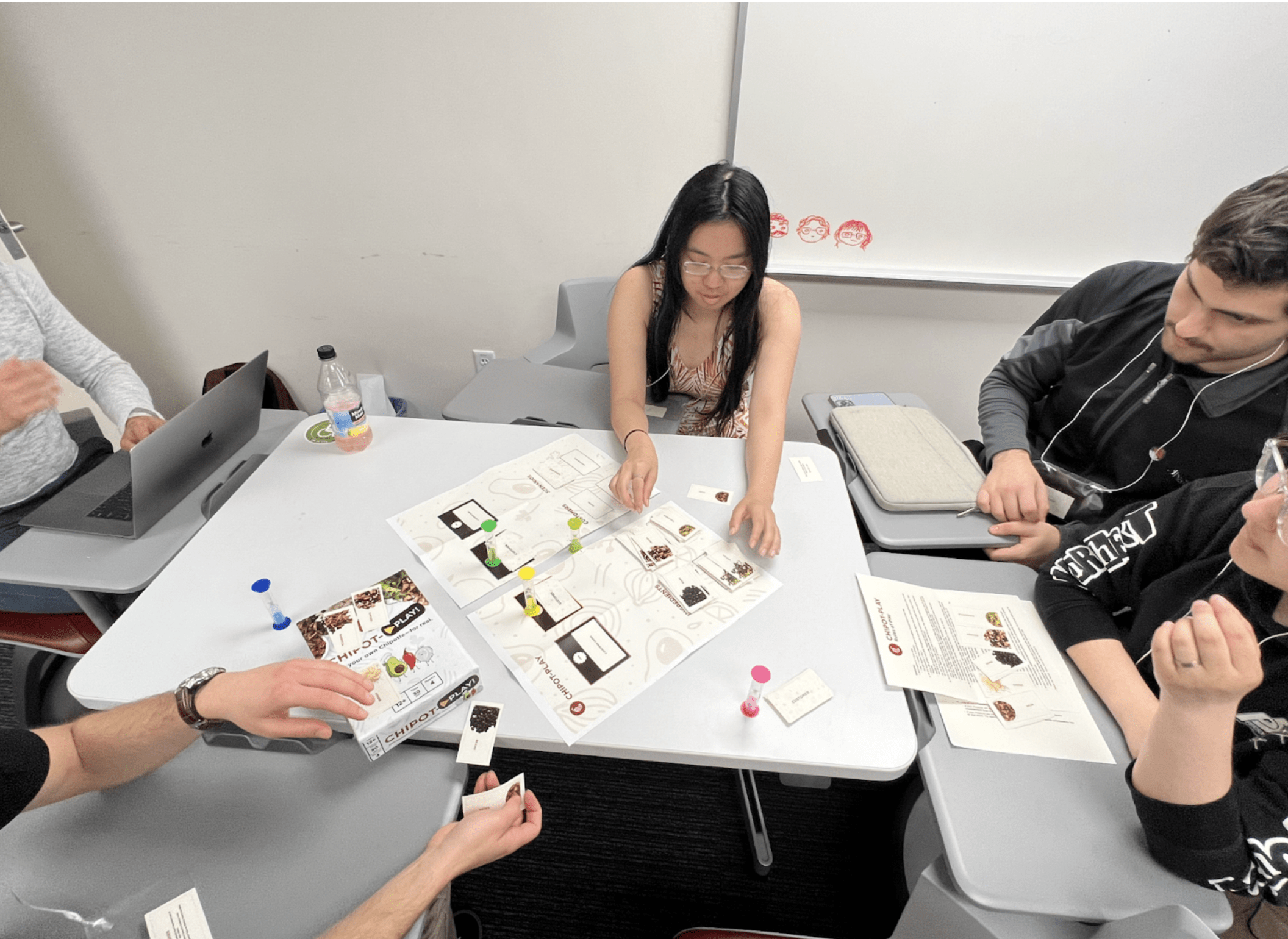
In this playtest, we received constructive feedback on our playmat and the difficulty of the game. To address how hard it is, they suggested that the “starting money corresponds to the difficulty of the game.” Beginner mode would have more money than medium, likewise medium would have more than hard. To make it easier for the players across difficulty levels, they also wanted to change how many ingredients they were required to draw. Instead of requiring exactly four cards, they wanted to draw up to four. This way, they don’t have too many remaining ingredients at the end counting against them.
For the playmat, they wanted a separate slot for the ingredients used by successful customers. We switched the purpose of one existing slot for this. One person joked that “[he] wasn’t blessed with mega long arms” and needed help reaching something across the table. The positions where everyone sat didn’t complement the design of the board well. The seating was already awkward because of the tables on the seats separating them eleven further away from the board. Despite this, we repositioned the tables on the mat to make it even more reachable.
Playtest (3/3):
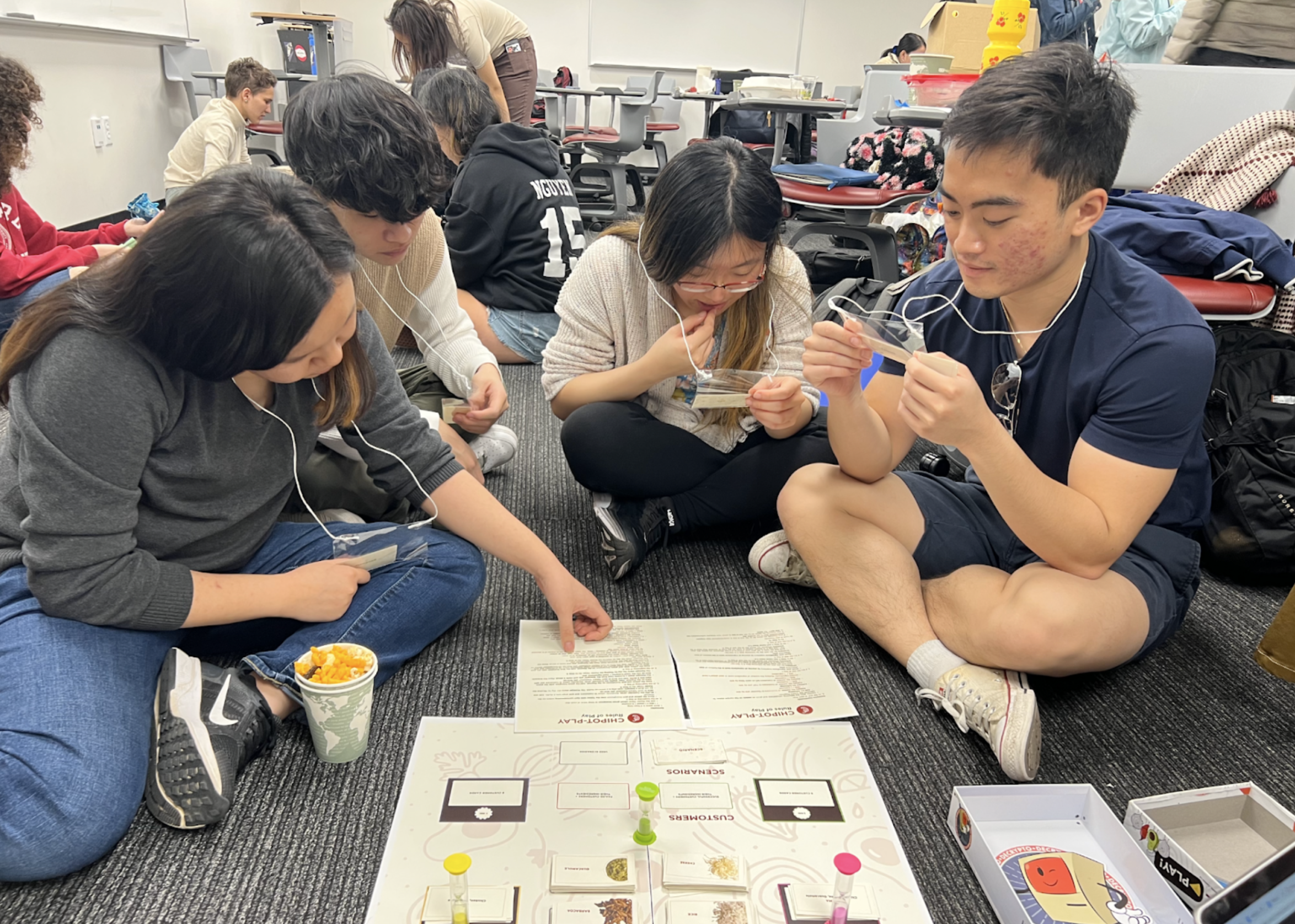
In our final playtest, we were proud to showcase our final version of the game. We were confident in our design decisions and iterations. Their feedback included numbering the pages and widening the tables’ borders to highlight each unique color. One component we iterated from the previous playtest was emphasizing the differences in special actions between each role. We placed asterisks next to each special action on the player cards. Yet, some people were still confused about these differences. This stemmed from another point about the length of the instructions and being able to digest this amount of information. Like other system games, our game included many rules, but it’s our responsibility to ensure players follow them with our deliberate design. If we had more time, we would’ve emphasized individual actions even more and enhanced other aesthetic designs as well.
All detailed playtest notes linked here.
Final Printable Deliverable:
Linked here.


